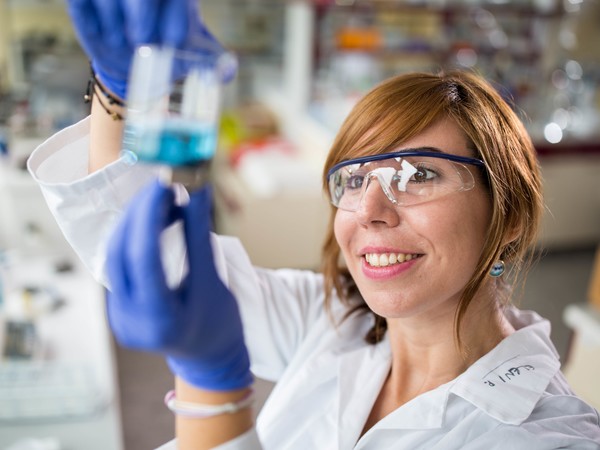Palacký University’s CATRIN will contribute its know-how in water remediation by means of iron nanoparticles to cleaning the Colombian Bogotá River, which is polluted with wastewater from local tanneries. Researchers led by Jan Filip will participate in a two-year scientific project that started at the Universidad Central in Bogotá in March. Another partner in the project, in addition to the Olomouc research Institute, is the Cundinamarca government.
The aim of the project is to investigate the effectiveness of a nanobioremediation system based on the use of iron nanoparticles in the treatment of wastewater discharged from tanneries into the upper Bogota river basin. The proposed system will be evaluated on a laboratory and pilot scale in order to determine its efficacy.
“We will provide Columbian colleagues with our expertise and test the nanoparticles in the local conditions, or design new materials tailored to the particular environmental problems. During this year we will welcome one of the Colombian experts to our laboratory, with whom we will share our expert knowledge,” said Jan Filip, leader of the Environmental Nanotechnologies Group.
Representatives of both universities began to plan a possible cooperation about four years ago, when the vice-rector of Universidad Central visited the RCPTM, now part of CATRIN, and was very interested in the technologies for water purification using iron nanoparticles. Olomouc scientists lectured on their properties and possible use at a conference held by Universidad Central in Bogotá as part of their visit in 2019.
The leather industry makes a major contribution to the economy of both the Cundinamarca Department and Colombia, creating hundreds of jobs. For example, Villapinzón, in Cundinamarca, has around 150 family leather companies. However, the leather processes produce wastewater with high content of organic substances, undissolved substances, phenols, chromium, organic nitrogen and high salinity, which is discharged into the Bogota River without proper treatment. Due to the complexity of the compounds contained in these wastewater, it is necessary to combine several processes or purification systems that allow remediation. The purification systems developed so far are costly and, in some cases, generate large amounts of sludge that is difficult to process.
